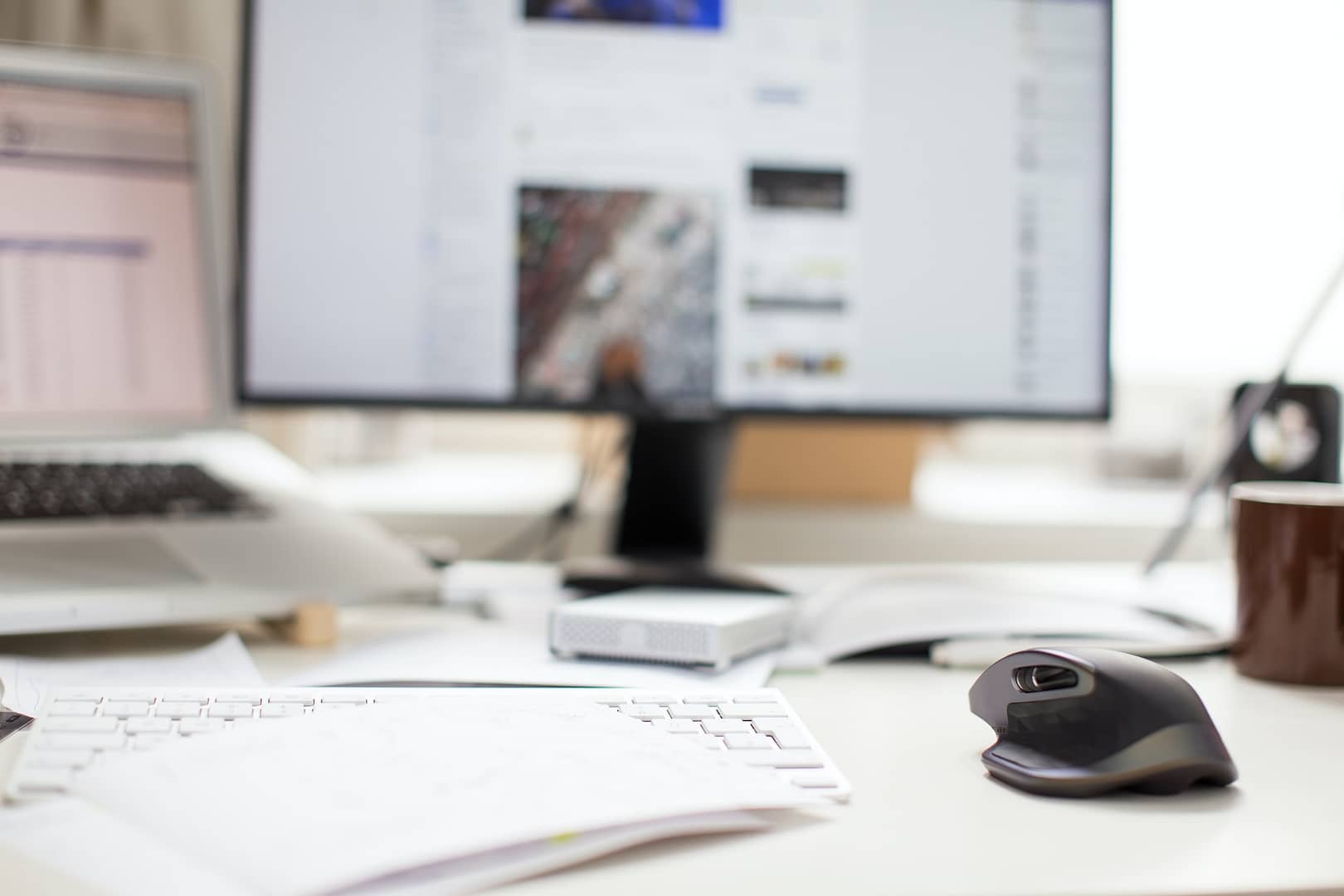Emergencies in the workplace are unpredictable, but preparing for them is not. In this article, we’ll explore the vital safety measures for office workers during emergency situations, ensuring that you and your colleagues are well-equipped to handle the unforeseen.
The First Line of Defense: Awareness and Preparedness
Safety starts with awareness. From fire drills to first aid training, being informed is your first line of defence. The key is to know your workplace inside out. Where are the emergency exits? What’s the evacuation route? Familiarise yourself with the location of fire extinguishers, first aid kits, and emergency contact numbers. This knowledge isn’t just for the designated safety officer; it’s for everyone.
Create a culture of preparedness. Emergencies don’t discriminate, and preparedness should be a collective effort. Conduct regular safety drills and exercises, ensuring that each employee knows their role in case of an emergency. Foster an environment where everyone feels responsible for their safety and the safety of their colleagues.
Fire Safety: The Red Alert
When there’s smoke, there’s fire. In an office setting, fire emergencies can escalate rapidly. If you’re faced with a fire, the first step is to remain calm. Activate the fire alarm immediately and follow the evacuation procedures. Remember, safety trumps possessions, so leave personal belongings behind. A human life is irreplaceable; a laptop isn’t.
Master the art of evacuation. During fire drills, practise the evacuation route until it becomes second nature. In the event of a real emergency, the practised routine will kick in, minimising chaos and ensuring a swift exit. Pay attention to alternative routes in case your usual path is blocked.
Medical Emergencies: Be the First Responder
Every second counts. Medical emergencies can happen anywhere, and the workplace is no exception. Equip yourself with basic first aid knowledge – CPR, the Heimlich manoeuvre, and how to use a defibrillator. In a crisis, being the first responder can make a significant difference until professional help arrives.
Maintain well-stocked first aid kits. A first aid kit is only as good as its contents. Regularly check and replenish supplies to ensure that bandages, antiseptics, and other essentials are readily available. Knowing where the first aid kits are located is as crucial as knowing how to use them.
Natural Disasters: Weathering the Storm
Nature’s fury is unpredictable. Depending on your geographical location, your office may be susceptible to natural disasters like earthquakes, floods, or storms. Familiarise yourself with the specific risks in your area and the appropriate responses. Have emergency kits with essentials like water, non-perishable food, and flashlights ready.
Designate safe zones. In case of an earthquake, identify safe zones within the office – sturdy tables, door frames, or areas away from windows. During storms or flooding, stay away from windows and seek higher ground if necessary. Establish communication protocols to ensure everyone is accounted for in the aftermath.
Security Threats: Staying Safe in Unsettling Times
Vigilance is your ally. Unfortunately, offices aren’t immune to security threats. Whether it’s an external threat or an internal concern, fostering a culture of vigilance is paramount. Report any suspicious activity promptly, and be mindful of your surroundings.
Implement access control measures. Limiting access to sensitive areas minimises the risk of unauthorised individuals causing harm. If your workplace involves confidential information or valuable assets, consider implementing access control measures such as keycards or biometric systems.
Communication: The Lifeline During Emergencies
Stay connected. In emergencies, communication is your lifeline. Ensure that all employees have access to emergency contact numbers and communication channels. Establish a clear chain of command for disseminating information and updates during crises.
Utilise technology wisely. Leverage technology to enhance communication during emergencies. Whether it’s mass notification systems, emergency alert apps, or group messaging platforms, having reliable communication tools can significantly improve response times and coordination.
Regular Review and Adaptation
Stay current. The landscape of safety measures is ever-evolving. Regularly review and update emergency procedures based on feedback, lessons learned from drills, and any changes in the workplace environment.
Adapt to the unexpected. Emergencies may not always follow the script. Encourage a flexible mindset that allows employees to adapt to unforeseen circumstances while adhering to the core principles of safety.

Making an Accident at Work Claim with National Claims
Your safety matters, and so does your right to compensation. At National Claims, we understand the importance of providing support when the unexpected happens. If you’ve experienced an accident at work, our dedicated team is here to guide you through the process of making a claim. We believe in empowering individuals to assert their rights and receive the compensation they deserve.
Document the incident
The first crucial step in making a successful claim is to document the details of the incident. If possible, take photographs, gather witness statements, and report the incident to your employer. The more comprehensive your documentation, the stronger your case becomes.
Seek medical attention
Your well-being is our priority. If you haven’t already done so, seek prompt medical attention for any injuries sustained during the incident. This not only ensures your health and safety but also provides crucial medical records to support your claim.
Contact National Claims
Once you’ve taken the initial steps, reach out to National Claims to initiate the claims process. Our experienced team will guide you through the necessary paperwork, ensuring that your claim is comprehensive and reflects the full extent of your damages.
Collaborate with our experts
At National Claims, we have a team of legal experts specialising in workplace accidents. Collaborate with our professionals who will assess the details of your case, gather evidence, and construct a strong argument on your behalf.
Conclusion
In the fast-paced environment of the modern office, emergencies can strike at any moment. Whether it’s a fire, a medical issue, a natural disaster, or a security threat, being prepared is the key to ensuring the safety of office workers. By fostering a culture of awareness, preparedness, and collective responsibility, workplaces can become resilient in the face of the unexpected.
Remember, your safety is a shared responsibility, and every individual plays a vital role in the overall well-being of the workplace. Stay informed, stay prepared, and embrace a mindset that adapts to unforeseen circumstances. In the event of an accident at work, National Claims stands ready to support you in asserting your rights and seeking the compensation you deserve.
At the heart of our approach is the belief that everyone has the right to a safe and secure work environment. By combining proactive safety measures with the assurance that support is available when needed, offices can transform into havens of productivity and well-being. After all, a safe workplace is a happy workplace.
Contact us today to get a start on your claim and speak to one of our claims specialists who can help you.
Click below to see why we are one of the most trusted claims management companies in the UK.

We’re proud of our excellent customer reviews
We thrive on delivering exceptional service and ensuring our clients’ satisfaction. Don’t just take our word for it. Check out some of our independent reviews to see what our clients have to say.
Excellent

This firm is excellent, they sorted out my car pay out and injury claim very fast, they always communicate with you all the time.

My accident case was dealt with confidence and with great result of the outcome, especially James kept me informed all the time.

I was very impressed at the way my inquiry was treated. I was listened to attentively and everything I needed to know was explained to me.






